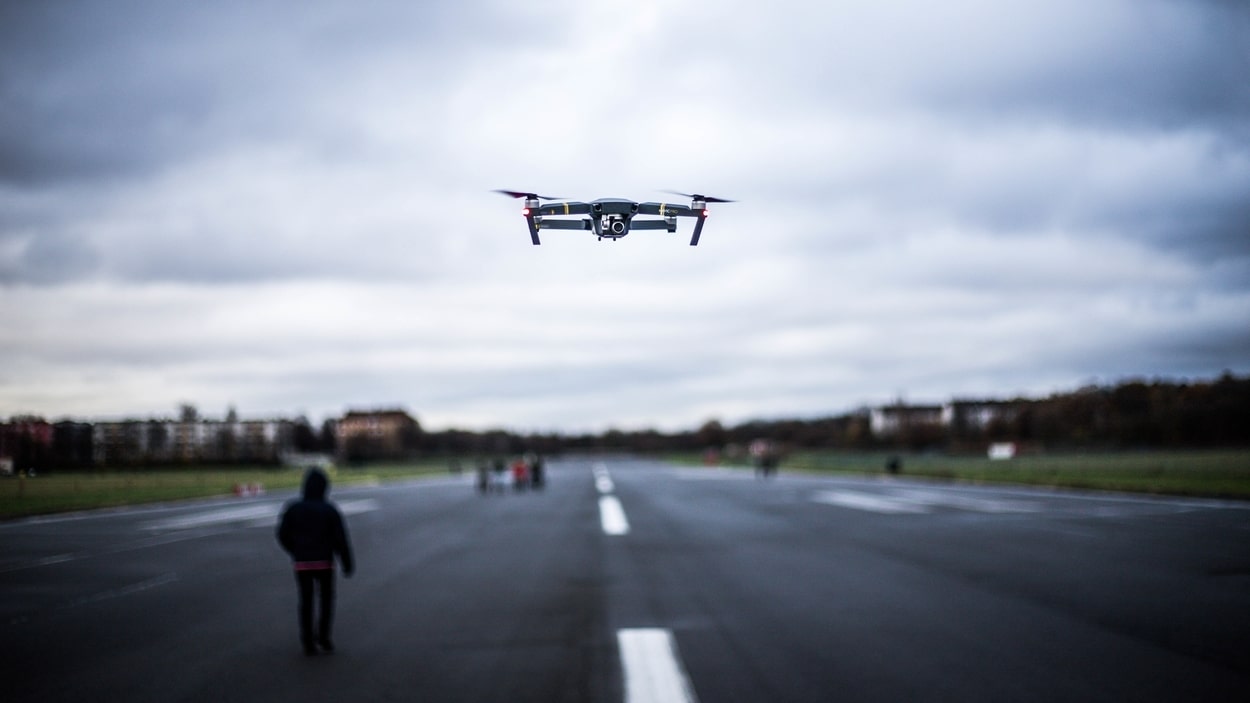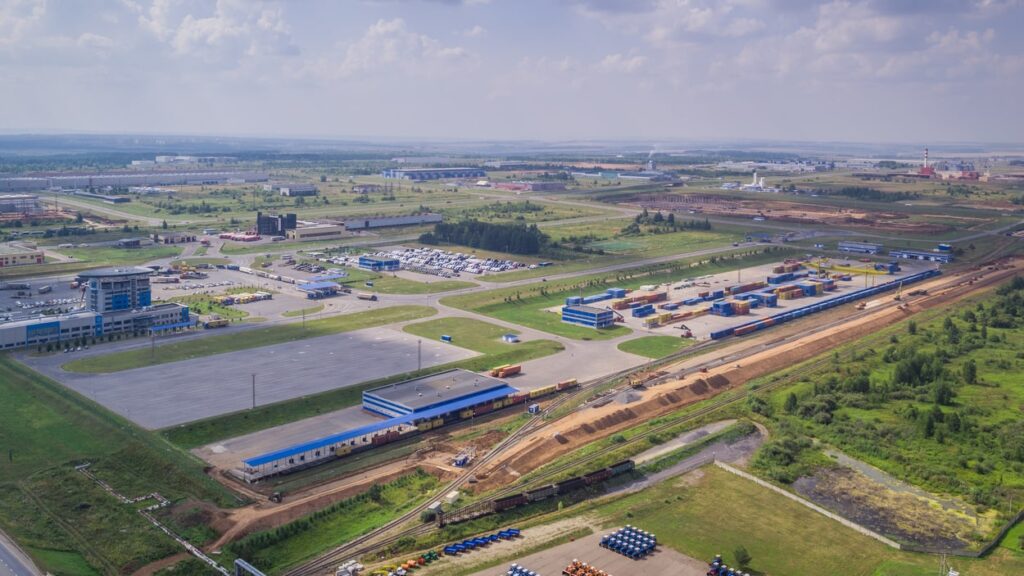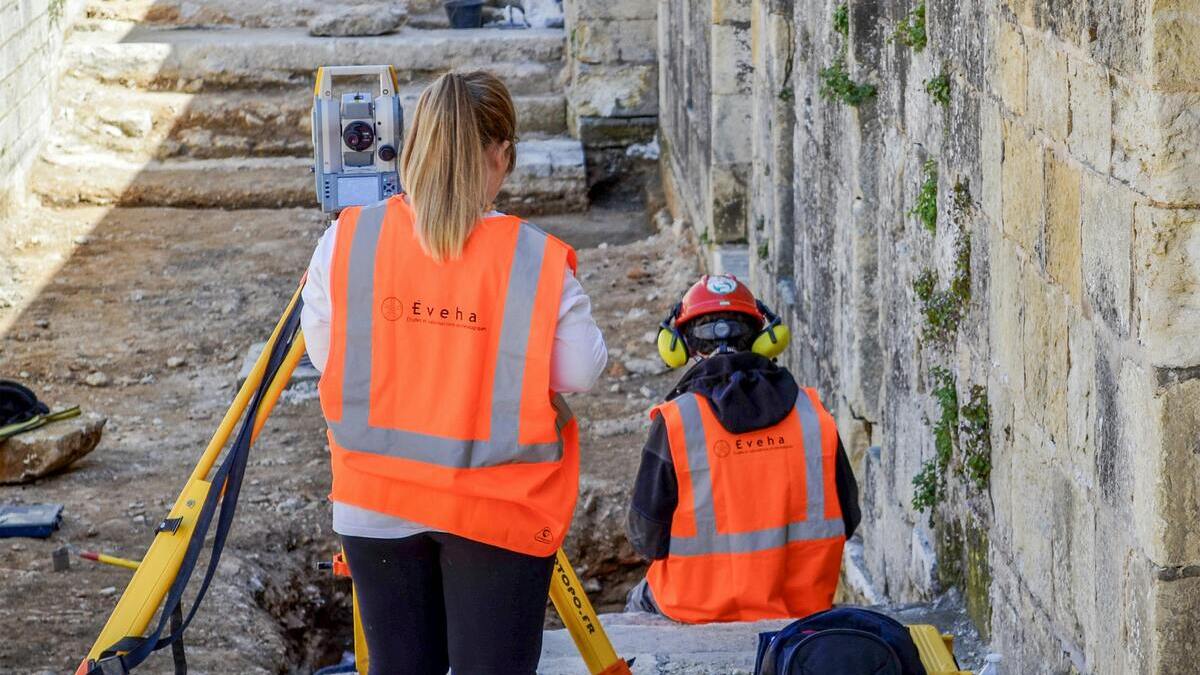Truth & Goodness
The Cruel Myth About the Ancients: How They Really Cared for the Sick
10 December 2025

In Tatarstan, within the Alabuga Special Economic Zone near Yelabuga, a secret plant is operating, producing approximately 200 Geran drones every day. This is the launchpad for Putin's "night killers"—machines that attack Ukraine under the cover of darkness and test the limits of NATO's air defenses. The rapid expansion of this Russian drone factory is fundamentally changing the face of the conflict.
“Rockets roll out of our factories like sausages!” Nikita Khrushchev proudly boasted. This was one of the ways the USSR tried to intimidate the West in the 1960s, suggesting that rivalry with the Kremlin was futile.
Today, Russia strikes a similar chord. Watching Kremlin TV, one gets the impression that Vladimir Putin is telling the entire West: “Drones roll out of our factories like sausages!” This refers to the Special Economic Zone (Alabuga) in Tatarstan, on the outskirts of the town of Yelabuga, about a thousand kilometers east of Moscow. Putin has established a gigantic complex there that produces an average of about 200 Geran drones daily.
These black, approximately 3.5-meter-long “flying wings” carry warheads weighing tens of kilograms, and they have been harassing Ukrainian cities, mainly at night, since 2023. While some attacks target strictly military objectives, launching entire swarms of Gerans—often numbering in the hundreds during a single night raid—primarily aims to harass and kill civilians. The goal is to make the cost of providing air defense too high, hoping Ukraine will eventually lay down its arms, which is what the Kremlin is counting on.
Russian authorities occasionally show off Yelabuga (Alabuga) to their citizens (and the world), even though such facilities are typically heavily protected from prying eyes. This past summer, they allowed the official Russian Defense Ministry channel, TV Zvezda (“Star”), to access the mega-Geran factory, with the director himself leading the tour.
Above the young workers hangs a large poster featuring three key figures: Sergey Korolev (the “father” of the Soviet space program), Igor Kurchatov (the father of the Soviet atomic bomb), and Joseph Stalin. The images are accompanied by the bold inscription: “They live in your DNA.”
This is how the Kremlin manages morale at one of Russia’s most critical defense plants—workers and engineers have to feel that they are the successors not only of Korolev and Kurchatov but also of Stalin.

The Yelabuga plant was established thanks to a license agreement signed between Russians and Iranians in 2023, valued at nearly $2 billion. Just as Poland once bought a license from Italy’s Fiat to produce the Maluch car, Russia is now producing its “night killers” on a similar basis.
The plant director boasted on TV Zvezda that all necessary components are produced on site, primarily the fuselage and engine. Western intelligence estimates that the design is now 90% purely Russian, though crucial electronics still originate from abroad, mainly from China.
The scale of production is having its effect, and the Geran drones have become significantly cheaper. At the start of the war with Ukraine, when Russians imported Shaheds from Iran, the cost per unit was about $200,000. Today, the manufacturing cost of one Geran is close to $70,000.
Furthermore, these are much more modern designs, and they often equip the drones with jet engines (the “classic” Shaheds rely on internal combustion engines and propellers), better electronics, and systems that make them more resilient to electronic warfare. Recently, Ukrainians have also reported Geran strikes on moving targets, such as locomotives far from the front line.
This suggests that the Russians have equipped some Gerans with cameras and communication systems, allowing real-time control of the machine’s flight path and targeting of mobile objects. However, this is not the only challenge the Ukrainians face with the “Russified” Shaheds.
This year, we discovered that Russians are also using Geran drones to mine roads behind the front lines. Instead of carrying a strike warhead, such a drone carries mines, which it scatters at night over roads used by vehicles supplying the front. It also appears that Russians are equipping the drones from Yelabuga with thermobaric warheads, which kill not by the explosion itself but by sudden pressure waves.
The Main Directorate of Intelligence of the Ministry of Defense of Ukraine (HUR) recently informed the public about the performance of the latest drone model from Yelabuga: the Geran-3. A jet engine allows it to travel approximately 1,000 km at a speed of up to 370 km/h.
Such performance is unattainable for the original propeller-driven Shaheds, which travel at half the speed. It is this high speed, along with the high flight ceiling, that makes them much harder for Ukrainian mobile air defense teams—equipped with machine guns mounted on pick-up trucks—to shoot down today.
The change in tactics forces Ukrainians to use more expensive air defense measures, including missiles. This increases the cost of protecting Ukrainian cities (this does not refer to the highly expensive Patriot systems but, for instance, to Polish “Piorun” man-portable air-defense systems, which are still more costly weapons than a burst from a pick-up-mounted machine gun).
The answer to these problems is expected to be interceptor drones that will hunt the “night killers” in the air. In September, the British and Ukrainians announced the signing of an agreement to give Kyiv access to the latest technology in this area.
The British government stressed in a statement that “interceptor drones are significantly cheaper than anti-aircraft missiles and have shown significant effectiveness in combating the waves of drones that Russia continues to send towards Ukrainian cities (…). This will help Ukraine defend against air attacks, such as the reckless [September] attack on Western Ukraine, which required Polish and NATO forces to intercept drones that strayed into Polish airspace.”
The mass use of interceptor drones appears to be the best answer to the swarms of Russian Gerans—at least for the foreseeable future. The British, who are conducting highly advanced work in this field, clearly understand this. The question is whether Polish authorities are taking this to heart as well.
Russians are already building about 6,000 Geran drones per month, but with the continuous expansion of the “drone town” in Yelabuga (as Russian media call the complex), it is evident that the scale of production of “Putin’s sausages” will grow. Ever larger swarms will increasingly overload Ukrainian air defenses.
This year has seen the largest drone raids since the beginning of the full-scale war in Ukraine. On the night of July 8/9, Russia launched 728 drones against Ukraine, but that figure was “improved” in September. On a single night (September 6/7), Russians sent 810 drones toward Kyiv.
The American think tank Institute for the Study of War (ISW) warns that at this rate of production, Russians will soon be able to launch up to two thousand (!) Geran or Gerbera (so-called decoy drones, several of which fell in Poland in September) type drones simultaneously. This scale would be capable of paralyzing the air defenses of even a wealthy state with powerful armed forces.
Specialized Western research institutions confirm that Ukrainians maintain a relatively high effectiveness in neutralizing Gerans (either by shooting them down or jamming their flight) at around 80-85%. However, the scale of these attacks means that over a hundred “night killers” still penetrate the Ukrainian air defense “umbrella.”
When Russians start sending Geran swarms of 2,000 drones against Ukraine (which seems only a question of time), maintaining current effectiveness would still mean that as many as 300-400 drones would reach their targets.
What do the Iranians, who sold the Russians some of their drone technology, think of all this? Are they pleased that the Kremlin has developed the Geran production so extensively?
It turns out that Tehran is not thrilled with this turn of events. According to a CNN source in Western intelligence, the Iranians expected the Russians to rely on them for years to perfect long-range drones.
They hoped that, with gradually closer cooperation, they would be able to acquire Russian missile technology. Now, however, with the Kremlin’s rapid independence from Tehran, CNN’s source suggests the Iranians feel… left out in the cold. Putin, however, is clearly accustomed to the idea that he does not need to be grateful to anyone for his “night killers,” which, in his dreams, are meant to bring Ukraine to its knees. The existence and rapid expansion of the Russian drone factory gives Putin the independence he desires and is a symbol of the Kremlin’s new strategy: cheap, fast, and massive. For Ukraine and the West, this is a clear warning—the drone war is only just beginning.
Read the original article in Polish: Sekretna fabryka Putina. Stąd startują jego „nocni zabójcy”
Truth & Goodness
10 December 2025



Zmień tryb na ciemny